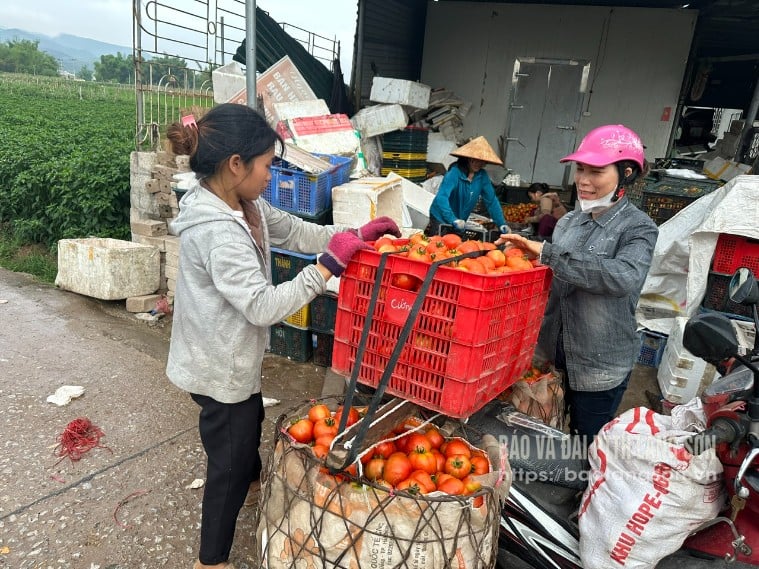
In Trong La - Tam Nguyen village (Gia Cat commune), Mr. Hoang Van Toan sadly carried baskets of freshly harvested tomatoes to the purchasing point: "The fields are full of ripe tomatoes, it's a pity not to pick them, but picking them is a waste of effort because the selling price is not worth it. For many days now, traders have only chosen to buy green tomatoes; almost no one cares about ripe tomatoes. In my garden, there are more than 600 kg of ripe tomatoes that have to be left to rot on the beds. Up to now, I have only sold more than 500 kg of nearly ripe tomatoes, mainly to make up for the cost of taking care of them."
The situation of ripe tomatoes not being harvested is not only common in the fields of Gia Cat and Tan Lien communes - the largest tomato growing areas in Cao Loc district. The total tomato growing area of the two communes is currently about 44 hectares, an increase of 12 hectares compared to last year. With an average yield of over 23 tons/ha, the tomato output this season is estimated to reach more than 1,000 tons.
Mr. Hoang Van Khanh, Chairman of Tan Lien Commune People's Committee, said: "Last year, tomatoes had a good harvest and good prices, so this year many households expanded their acreage. Tan Lien Commune alone has 33 hectares of tomatoes, an increase of 7 hectares compared to last year." However, due to unfavorable weather, many pests and diseases, and productivity not meeting expectations, plus a sharp drop in selling prices, many tomato growers are facing heavy losses.
According to local people's estimates, each sao of tomatoes costs about 3 to 5 million VND. Many households grow on large areas, so the total investment is up to tens of millions of VND. At the current price, most tomato growers cannot recover their capital. Many families have to transport tomatoes to the city to sell at retail prices of only a few thousand VND/kg but still cannot sell them. Looking at the red ripe tomatoes spoiling right in the field, many people can only sigh sadly.
Ms. Nguyen Thi Hoi, a tomato buyer in Tan Lien commune, shared: "Last year, I collected dozens of tons every day to supply to the provinces and cities: Quang Ninh, Bac Giang, Hanoi . But this year, the purchase volume is only about 10 tons/day." According to Ms. Hoi, the main reason is that this year, the plain provinces also have a good tomato crop, the local supply is abundant, and traders no longer go to the highlands to buy like before.
According to research, one of the reasons why tomato output has fallen into a deadlock is because production is still spontaneous and there is no sustainable chain connection. People mainly sell to traders freely, without a contract, and have not yet accessed a large distribution system. When the market "breaks down", growers are completely passive.
Faced with the situation of tomato prices falling sharply, the authorities of Gia Cat and Tan Lien communes have coordinated with local buyers to maintain a number of centralized collection points to support the consumption of products for local people. In addition, the commune leaders have also proactively reviewed and researched a number of agricultural processing facilities to find purchasing sources, but the connection is still difficult because the general consumption market is saturated.
Mr. Dong Minh Quy, Deputy Head of the Department of Agriculture and Environment of Cao Loc district, said: Currently, a part of the people still have the mentality of expanding the planting area of crops that had high prices in the previous crop. However, this approach can easily lead to a situation of supply exceeding demand. We will continue to strengthen propaganda and instruct people not to follow the market emotionally but to proactively diversify crops such as cucumbers, potatoes, taro, squash, pumpkins, etc. This not only helps to spread price risks, but also improves land use efficiency and is suitable for local farming conditions.
Adjusting the crop structure is becoming an urgent requirement in the context of agricultural production still facing many risks. In fact, the massive expansion of acreage based on the mentality of "if the price is good, plant more" is an unsustainable trend, easily leading to an imbalance between supply and demand. Instead, people need to proactively monitor market forecast information to develop appropriate production plans. Local authorities need to continue to closely coordinate in propaganda work, mobilizing people to maintain tomato acreage at a reasonable level, avoiding the situation of rapid development leading to excess output and reduced selling prices.
In the long term, to avoid repeating the vicious cycle of “good harvest, low price”, the authorities recommend that localities promote the formation of production association groups, moving towards building cooperatives. Organizing production in a concentrated, regulated and quality-controlled manner will create a foundation to attract businesses to sign contracts to consume products. At the same time, growers need to be trained and access safe production processes such as VietGAP to increase the value of agricultural products and expand consumption markets in a sustainable manner, especially in supermarkets, retail chains and processing plants.
Farming is already hard work, but if there is a lack of market information and consumption links, the worry of "good harvest, low prices" will still haunt farmers. If farmers want to make a living from their profession, it is necessary to have a synchronous solution from production to consumption, which is something that authorities at all levels and functional sectors need to put forth right now, to avoid the situation of good harvest, low prices, and people suffering.
Source: https://baolangson.vn/ca-chua-chin-do-ngoai-dong-nong-dan-trang-tay-5047295.html



![[Photo] Determining the pairs in the team semi-finals of the National Table Tennis Championship of Nhan Dan Newspaper](https://vphoto.vietnam.vn/thumb/1200x675/vietnam/resource/IMAGE/2025/5/21/eacbf7ae6a59497e9ae5da8e63d227bf)

![[Photo] Scientific workshop "Building a socialist model associated with socialist people in Hai Phong city in the period of 2025-2030 and the following years"](https://vphoto.vietnam.vn/thumb/1200x675/vietnam/resource/IMAGE/2025/5/21/5098e06c813243b1bf5670f9dc20ad0a)
![[Photo] Prime Minister Pham Minh Chinh receives Rabbi Yoav Ben Tzur, Israeli Minister of Labor](https://vphoto.vietnam.vn/thumb/1200x675/vietnam/resource/IMAGE/2025/5/21/511bf6664512413ca5a275cbf3fb2f65)
![[Photo] Prime Minister Pham Minh Chinh attends the groundbreaking ceremony of Trump International Hung Yen Project](https://vphoto.vietnam.vn/thumb/1200x675/vietnam/resource/IMAGE/2025/5/21/ca84b87a74da4cddb2992a86966284cf)
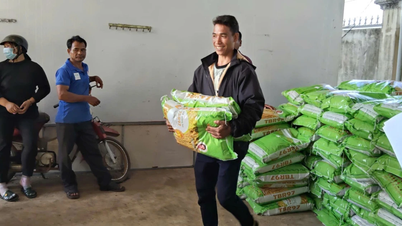















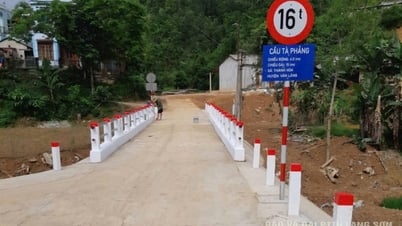
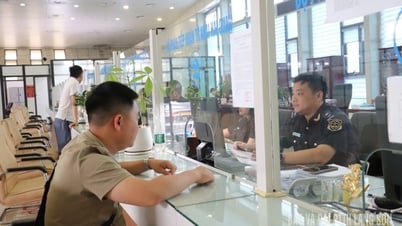
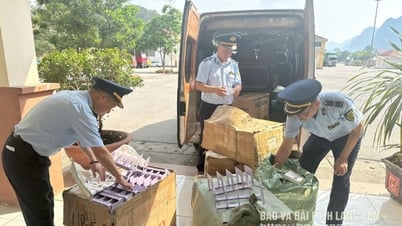





















































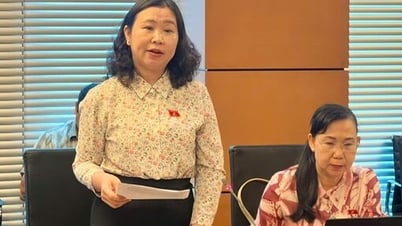












Comment (0)